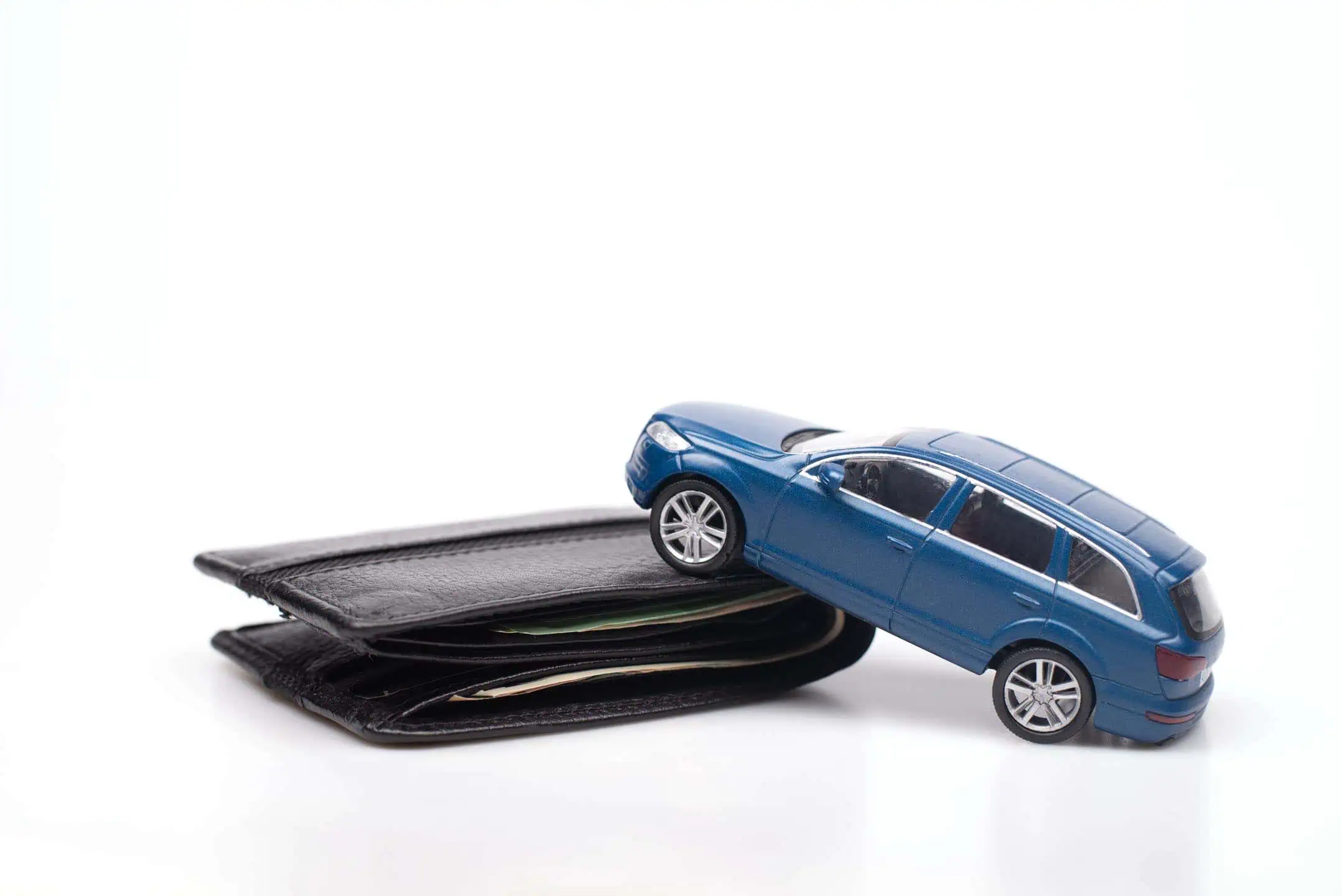The term black box might sound restrictive, like a set of digital handcuffs limiting your freedom on the road. But with car insurance costs for new drivers soaring, reaching up to £3,000 in 2024 (although it’s dropped since), it raises an important question.
Does a black box actually help lower your premiums, and is it worth the hassle?
Some drivers swear by telematics policies, claiming they’ve saved hundreds. Others argue that the restrictions, such as curfews, speed monitoring, and harsh braking alerts, aren’t worth the trade-off.
This article will break down how black box insurance works, separate the myths from reality, and help you decide if it’s the right choice for you.
In this article:
- What is a black box?
- Black box insurance: pros and cons
- How much can you actually save with a black box?
- Do black boxes reduce your freedom?
- Four common myths about black boxes
Looking to find the cheapest insurance possible? Try our car insurance comparison tool
What is a black box?
A black box, or telematics device, is a small piece of technology installed in your car to monitor how you drive. Insurers use it to track key behaviours to assess your risk level and adjust your insurance premium accordingly.
Most black boxes are fitted discreetly under the dashboard, inside the glove compartment, or near the battery.
However, there are a few alternatives if you don’t like the idea of someone drilling into your car. Many insurers now tend to offer app-based telematics, which use your smartphone’s GPS and motion sensors instead of a physical device.
Some newer ‘connected’ cars can even make use of telematic policies without a black box.
How does a black box work?
Once activated, the black box continuously records driving data and sends it to your insurer. This data is analysed to generate a driving score, which can directly impact your insurance costs.
Here’s what insurers typically look at:
- Speed: Sticking to speed limits can help lower your premium. Regularly exceeding them could lead to penalties or even policy cancellation.
- Braking and acceleration: Harsh braking or rapid acceleration suggests risky driving, which could push your premiums up.
- Cornering: Sharp, fast turns indicate poor control and increase perceived risk.
- Time of day: Driving late at night or during rush hour can be considered riskier, affecting your overall score.
- Mileage: Some policies have mileage limits, and exceeding them could result in higher costs.
Can you access your driving data?
Yep! Most insurers provide access to your driving score through an app or online dashboard. Some even give real-time feedback, allowing you to adjust your habits and improve your score over time.
A good driving score can lead to lower premiums, cashback rewards, or discounts when renewing your policy. On the other hand, reckless driving could mean higher costs—or, in extreme cases, your policy being cancelled altogether.
Black box insurance: pros and cons
| Pros | Cons |
|---|---|
| Lower premiums for safe drivers: If you drive carefully, you could see significant savings compared to standard policies. | Restrictions on driving habits: Late-night driving or high mileage could push up costs. |
| Immediate discounts: Some insurers offer an upfront discount just for installing a black box. | Potential price increases: Poor driving scores can lead to higher premiums or even policy cancellation. |
| Encourages better driving: Real-time feedback helps you develop safer habits, which can reduce the risk of accidents. | Tracking and privacy concerns: The insurer constantly monitors your location and driving behavior. |
| More accessible for young/new drivers: Black box policies can make insurance more affordable for high-risk age groups. | Limited flexibility: Some policies have mileage caps or penalties for driving at night. |
| May reduce renewal costs: If you maintain a high driving score, you could unlock bigger discounts at renewal. | Device installation and maintenance: Some insurers require a physical black box to be installed, which may come with fees. |
| Can help prove fault in an accident: Some telematics data can be used to support insurance claims. | Policy cancellation risk: Repeatedly triggering alerts for risky driving can result in losing coverage. |
How much can you actually save with a black box?
Having a black box doesn’t necessarily mean you’ll save money, especially if your driving is not up to scratch!
The exact savings depend on your driving habits, insurer, and individual risk profile: but in general, black box insurance can be hundreds or even thousands of pounds cheaper than standard policies for young and new drivers.
Here’s a rough idea of average savings:
Black box insurance: Cost comparison
| Driver age | Average premium (standard policy) | Average premium (black box policy) | Potential savings |
|---|---|---|---|
| 17-20 years old | £2,500 – £3,500 | £1,200 – £2,000 | £1,000+ |
| 21-25 years old | £1,200 – £2,000 | £800 – £1,500 | £400 – £800 |
Source: Insurance Business UK
What influences savings rate?
One of the benefits of the black box insurance policy is that you can actively influence your premiums.
Here are a few factors that influence how much you’ll save:
- Driving score: A consistently high score can lead to monthly or renewal discounts.
- Insurer policy: Some companies offer up to 30-50% off for good driving, while others apply smaller gradual reductions.
- Upfront discounts: Some insurers provide an instant price cut just for installing the black box.
- Mileage and driving times: Lower mileage and avoiding night driving can further reduce costs.
If you frequently drive late at night, take sharp corners, or accelerate/brake harshly, you may see little to no benefit—or even a price increase!
Do black boxes reduce your freedom?
One of the main appeals of driving is the freedom: no more asking for lifts, waiting for the bus, or paying for expensive taxis.
So does a black box put a limit on your freedom?
Here are a few reasons it might:
- Curfews & night-time driving restrictions: Some black box policies limit driving during high-risk hours (typically between 11 p.m. and 5 a.m.), which can be an issue if you frequently drive late at night. However, not all insurers impose curfews, so it’s important to check policy details.
- Speed and harsh driving alerts: If you accelerate too fast or brake too harshly consistently (once in a while is fine), some insurers can start to penalise you, in the form of more expensive renewals.
- Mileage limits: Some black box policies set an annual mileage cap, meaning if you drive more than expected, your renewal could be higher. If you need to commute long distances, this is something to consider.
While a black box doesn’t directly restrict where you can go, it does encourage more mindful driving. If you’re used to complete freedom behind the wheel, it might take some adjustment.
What happens if you get a low driving score?
Your black box data is continuously monitored, and if your driving score drops too low, your insurer might take action. Here’s what that could mean:
- Higher premiums at renewal: As we mentioned, a poor score might mean no discount, or even an increase in costs when it’s time to renew your policy.
- Warnings or policy adjustments: Some insurers will send warnings or adjust coverage if they detect consistently risky driving.
- Policy cancellation: In extreme cases, insurers can cancel your policy if they believe you pose a high risk. This could make it harder to find affordable insurance in the future. Although, this will only happen if you’re driving like you’re in Grand Theft Auto—so just drive safely!
Four common myths about black boxes
There are plenty of misconceptions about black box policies. Let’s clear up a few:
| Myth | Reality |
|---|---|
| “The black box constantly spies on you.” | Insurers don’t track your location in real-time. They only collect driving data relevant to your risk profile. |
| “If you go over the speed limit once, you’ll be fined or dropped.” | Occasional mistakes won’t immediately affect your policy. Consistently dangerous driving is what insurers look for. |
| “You can’t drive after 10 p.m.” | While some policies have night-time driving restrictions, many don’t. It depends on the insurer. |
| “It’s only for new drivers.” | While black box insurance is most popular with young drivers, some insurers offer it to anyone looking for a cheaper policy. |
If you’re unsure about black box insurance, there are other ways to reduce your premium:
- Pay-per-mile Insurance: if you don’t drive often, some insurers offer policies that charge based on mileage rather than driving habits.
- Named driver policies: Adding an experienced driver (such as a parent) to your policy can sometimes reduce costs.
- Advanced driving courses: Completing a course like Pass Plus can make you eligible for discounts with some insurers.
- Higher voluntary excess: Opting for a higher excess can lower your premium, but it means you’ll pay more if you need to claim.
Black box insurance isn’t for everyone, but for many young drivers, it’s one of the few ways to make car insurance affordable. If you’re a careful driver and don’t mind being monitored, you could save a significant amount.
Find affordable car insurance today via Young Car Driver
Getting car insurance as a new driver can feel like an uphill battle, with premiums easily reaching thousands of pounds. But you don’t have to settle for sky-high costs. At Young Car Driver, you can gain access to policies designed for first-time drivers, helping you find the right cover at a price that won’t drain your wallet.
Whether you’re considering black box insurance to cut costs or need a flexible policy without restrictions, it’s easy to compare your options. Start your search today and get a quote in minutes.




